By Tenzin Nyidon
DHARAMSHALA, May 2: Gyari Dorjee Youdon, a significant yet an overlooked figure in Tibetan history, passed away at the age of 92. Despite her lesser-known status, she played a pivotal role as a female warrior leading revolts against invading Chinese armies in 1956 in Nyarong, in eastern Tibet’s Kham region.
Her cremation ceremony, held in Mindroling, Clement Town, India on April 29, was a solemn occasion attended by dignitaries from various sections of the exile Tibetan set up. His Eminence Khokim Rinpoche presided over the ceremony, paying tribute to her remarkable life and contributions.
In 1956, Gyari Dorjee Youdon emerged as a courageous leader amidst the turmoil of Chinese oppression in Nyarong. The Chinese Communist soldiers, as part of their aggressive agenda, implemented a series of so-called “democratic reforms,” which included brutal tactics such as “struggle sessions” (thamzings). These sessions involved public criticism, denunciation, and even physical violence against prominent citizens, lamas, and village headsmen, often resulting in executions. Upon learning of these atrocities, Gyari Dorjee Youdon, alongside her husband Gyari Nyima and his senior wife Norzin Lhamo, recognised the urgent need for action. Despite being less of a public figure compared to her husband and Norzin Lhamo, Gyari Dorjee Youdon took the lead in organising a rebellion in their local area to protect her community from the ruthless tactics of the Chinese military.
Accounts from Jamyang Norbu, a well-known Tibetan writer and historian, described Gyari Dorjee Youdon, clad in the attire of a man and armed with a pistol strapped to her side, fearlessly led her warriors into battle against the Chinese invaders. She attacked Chinese columns and outposts across Nyarong.
Dorjee Youdon also led an assault on the Drukmo Dzong, the former Gyaristang family palace where the Chinese were stationed. After freeing the chieftains, she attacked the castle with her 1400 troops. Lacking sufficient artillery to breach the walls, they surrounded it to cut off supplies. In the ensuing battle, they killed most of the Chinese soldiers and lost 26 of their own. She offered a ceasefire on two conditions to the Chinese: release of captive chieftains in Dartsedo including her husband, Gyari Nyima, and cessation of the Chinese democratic reform program.
Gyari Dorjee Youdon’s name may not be as widely recognised as other figures in Tibetan history, historians believe that her legacy as a courageous female warrior and leader of the revolt against Chinese oppression will endure. They say, her life serves as a reminder of the resilience and indomitable spirit of the Tibetan people.


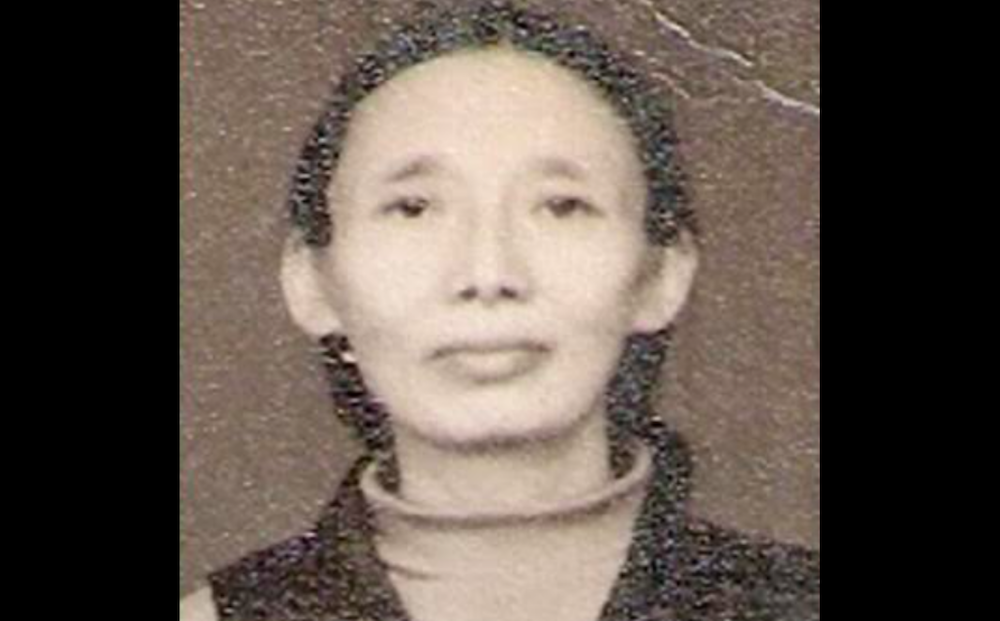



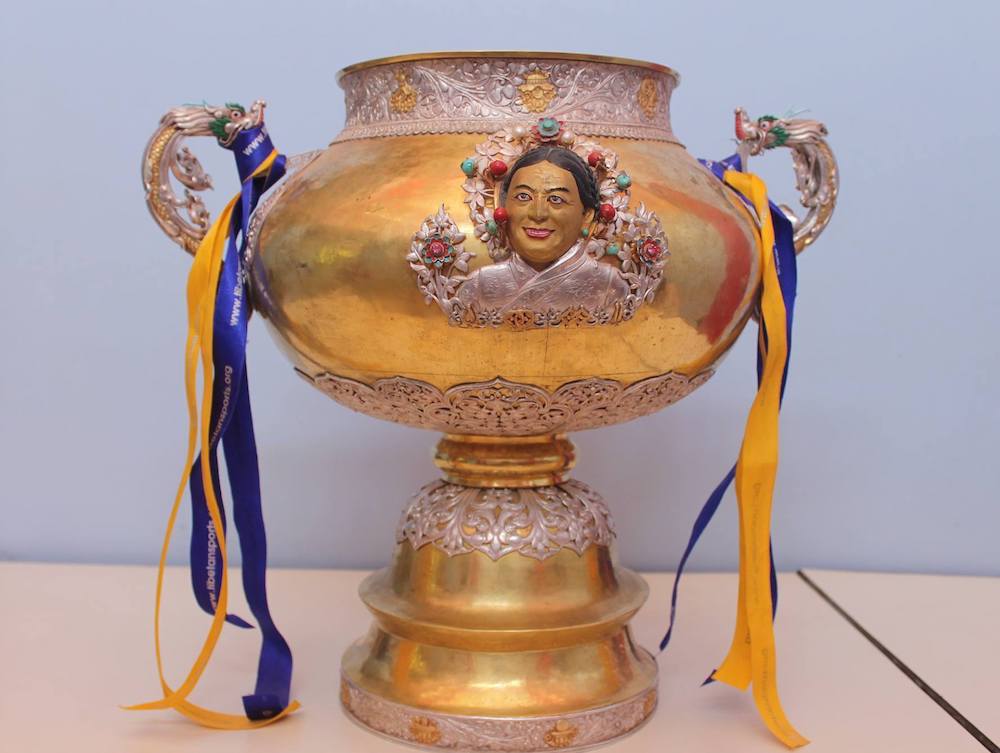
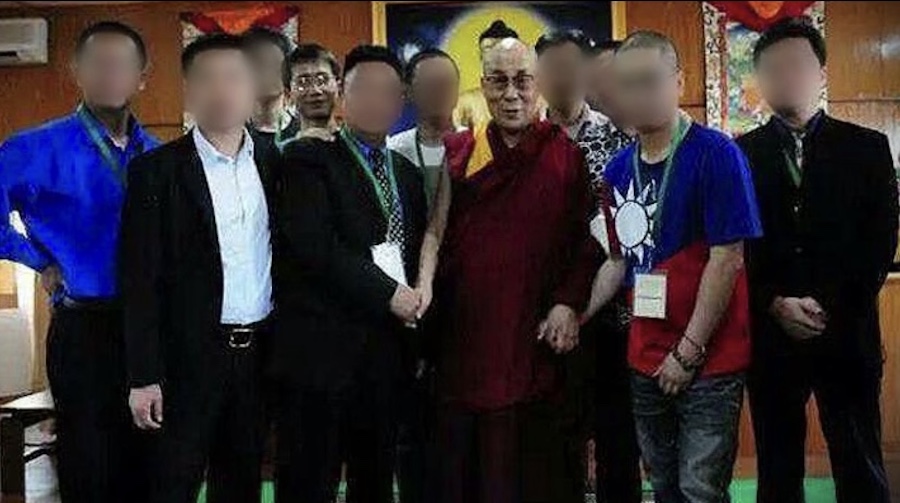
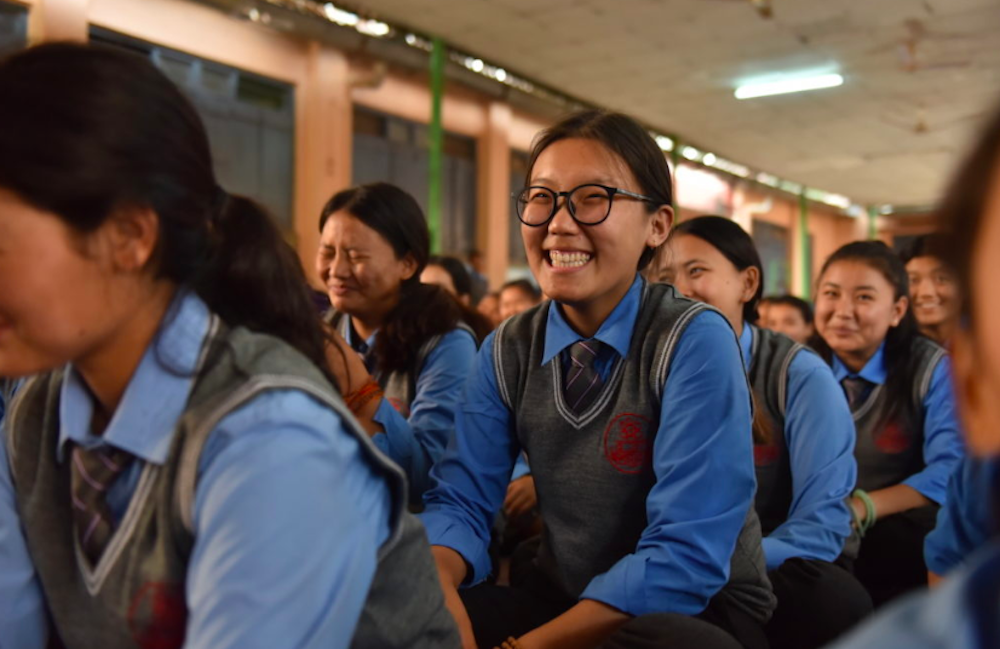
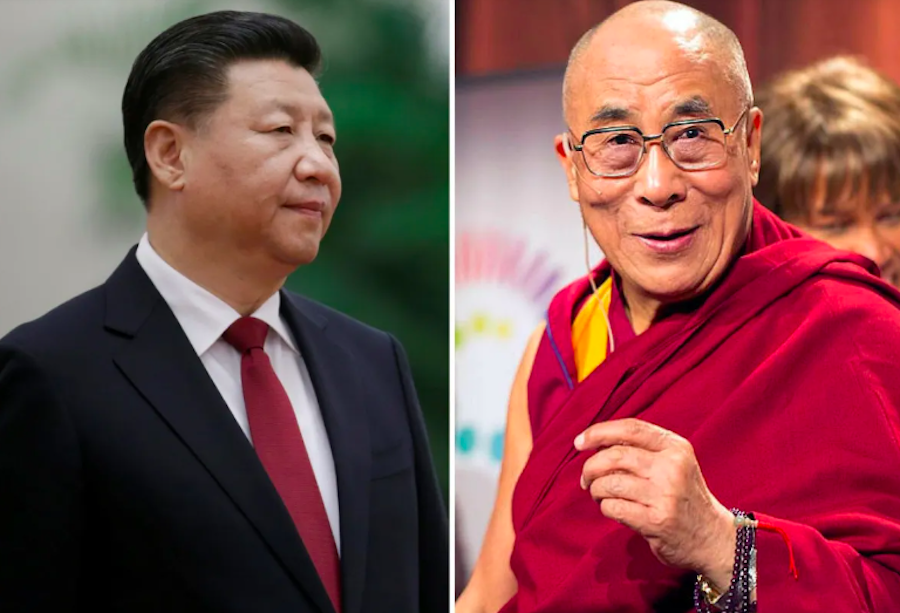

One Response
The communists arrived in the Kham region in 1950. They showed restraint for five years and coxed and cajoled the Khampas to comply with their so called “democratic reform”. This is a in fact the complete confiscation of Tibetan land, house, wealth and livelihood and the right to their way of life as Tibetans lived for centuries. The Chinese communists gave lists of what Tibetans had to give up. They deceived the Tibetans by claiming, they need donations to protect them from American atomic bombs! Those who had no money had to give them twenty-five livestocks! In 1954-1955, the Chinese communists rounded up poor Tibetans and fed them with food, clothing and money! The poor were then instigated to peddle the lie to every one that the monks had exploited them! This is how they created a false narrative of so called “serfs” supposedly being abused by the monastic and aristocratic families to persecute the powerful families and destroy and pillage the contents of great monasteries of Tibet. However, except few collaborators, Tibetans stood their ground and never dithered from their belief in the Dharma and their faith in their society. In fact Tibetans ridiculed the Chinese invaders with songs rather than their authorities. There was no animosity between the Tibetan people. Everybody accepted their lot and lived in harmony for centuries. But this didn’t suit the communist revolutionary ideals of class struggle. So, they deliberately created enmity between the clergy and the public and between poor and the rich! The rich were damned and so was all the clergy. They incited the Tibetans against each other by dividing them into so called classes. This inflamed whole of Kham and Amdo regions to openly challenge the Chinese communist usurpation of Tibetan land, destruction of monasteries which are the hub of Tibetan life. Lithang, Chatreng, Nangra in Amdo, the Goloks all rose up against the enemy of the faith བསྟན་དགྲ་རྒྱ་དམར་ while calling themselves བསྟན་བསྲུང་དྭངས་བླངས་དམག་ the defenders of the faith! Khampas are fiercely independent. They neither had much love lost for the Lhasa Government nor to any successive Chinese regimes. They were ruled by their own chieftains (དཔོན་). The story of Nyarong is no different. Since, the Gyari’s were a prominent family in Nyarong, they took upon themselves the responsibility to protect their community. The Khampas are a war like people and they have always jealously guarded their territory. They go to any length to exact revenge from those who have killed their family members. Their belief is: if you die, die under a knife. If you are reborn, reborn as a ruthless spirit-ཤི་ན་གྲི་འོག་ཏུ་ཤི་ སྐྱེས་ན་བཙན་ལ་སྐྱེས་ In other words, die in a battle field if you happen to die and not die like a coward in the bed. If you are reborn, take rebirth as a warrior and not a wimp! Whether male or female, it is natural for them to fight for what they feel is right. Owing to this militant nature of the Khampas, the Tibetan resistance against Chinese communist invasion was initiated by the Khampas and Amdowas. The Chinese killed Tibetans by air raid bombing of Lithang and Chatreng monasteries where the population had sought refuge! Thousands were murdered during Chinese bombing campaigns and whole villages were torched in a scorched earth campaign of terror to subdue the people of Kham and Amdo. In 1982, northern and north-eastern Tibet exhibited an increased proportion of women than men, compared to other parts of Tibet. This was the result of the death of men in uprisings against the Chinese communists. Patrick French a British writer has mentioned that 500,000 Tibetans perished in their campaign of resistance to the Chinese invaders during the 1950s and 1960s. According to Chinese estimates, the number of people in Amdo region decreased from 477,994 people in 1959 to 408,132 in 1963 or 14.6%
The late Gyari Dorje Yudon was undoubtedly a courageous women who was up to the task of defending the dignity, honour of Tibet. There are other stories of valour exhibited by women of Kham in resisting Chinese invasion. In Dingri, in south west Tibet, during the cold blooded murder of Gyapon Tamding Tsering of the Dingri Tibetan regiment with 17 bullets to his body, there were three Khampas at Dingri. During the melee, two Khampas remained in the house, while the wife of one of the men inside and the oldest man ventured out. The Chinese rushed into the house and killed the husband of the Khampa women and his friend who were inside the house. The women was only eighteen years old. The Chinese were reluctant to let her in initially but they relented and allow her to go inside house. When she saw, what the Chinese had done to her husband and his friend, she picked up a knife and killed three Chinese soldiers there and then! She was shot to death by the Chinese later!
We admire our courageous warriors like Gyari Dorje Yudon and follow in their footsteps to liberate our sacred nation from imperialist Chinese communists. Every Tibetan should remember and cherish the thousands of Tibetan warriors from the three cholkhas and emulate their sacrifice for our nation and do everything they can to achieve our rightful independence from Chinese colonialism and oppression.